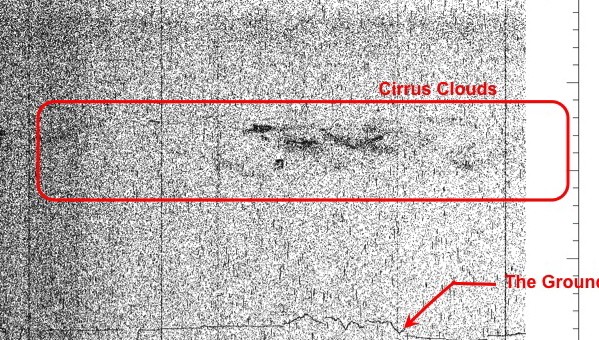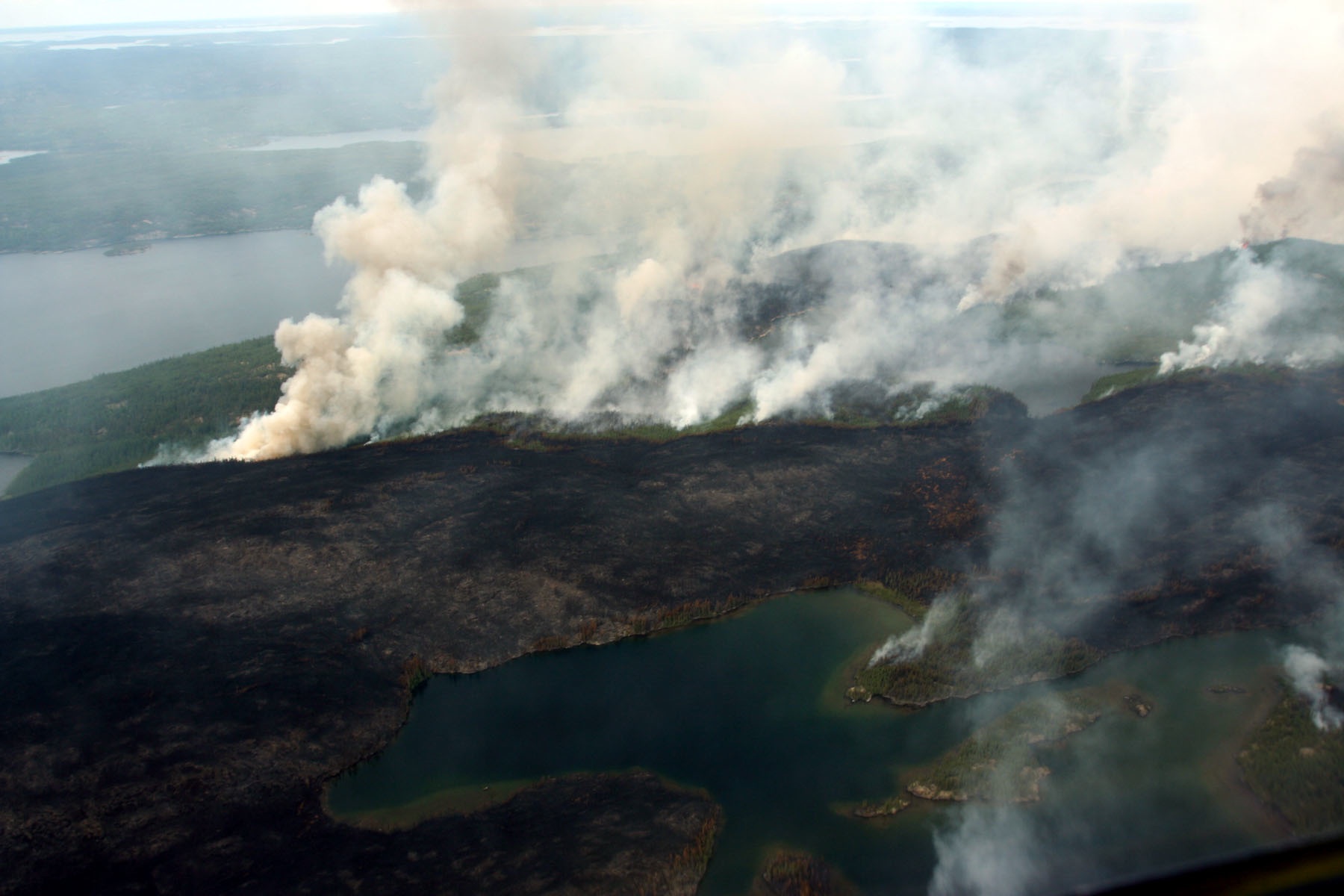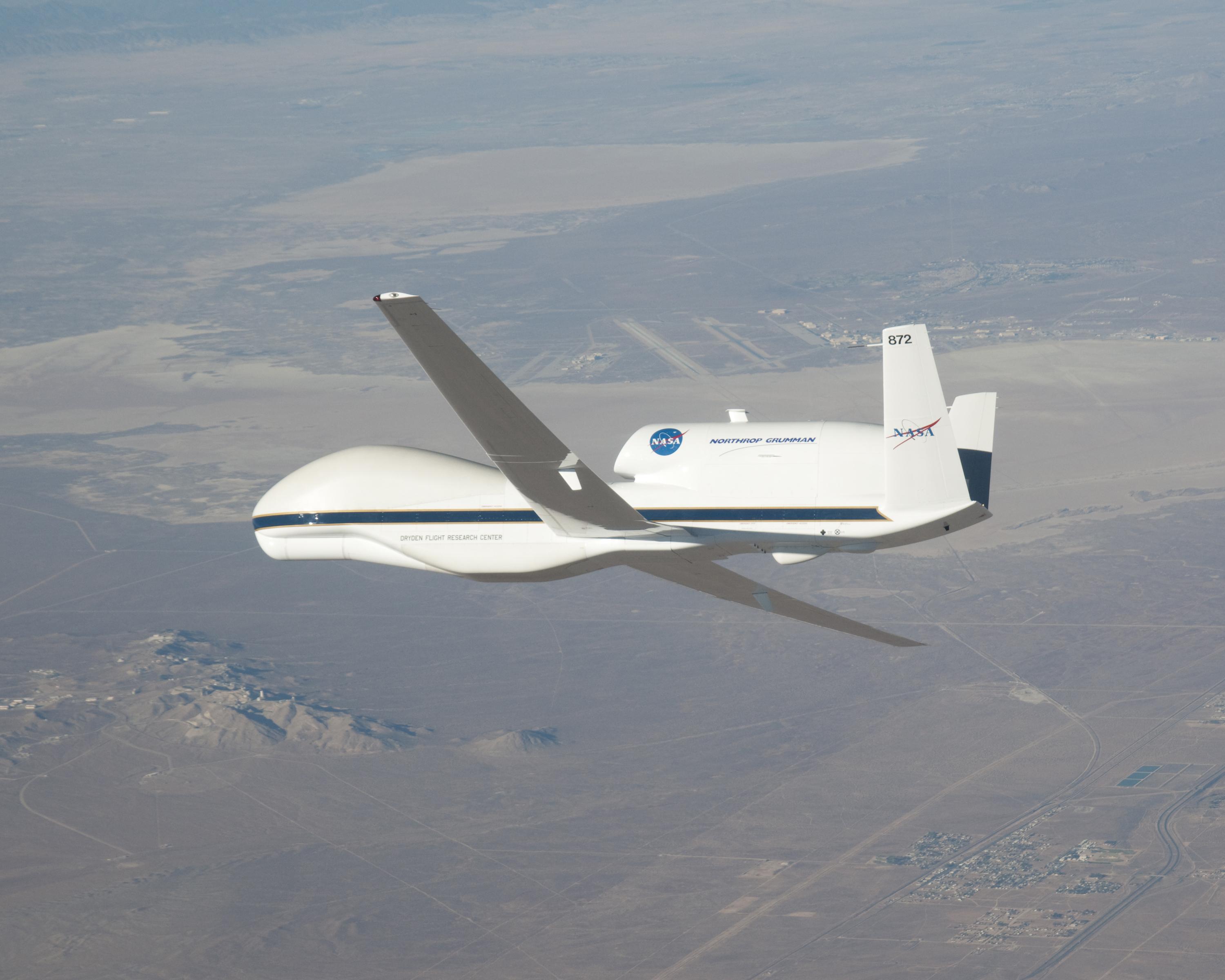Have you ever stopped to wonder why urban air can taste like singed rubber one day and crisp mountain air the next? Or what happens to all those delectable clouds of who-knows-what flowing from factory smokestacks and vehicle tailpipes? Or what makes a blanket of dense smog shroud a city skyline on certain days?
Raymond Hoff, an air pollution expert based at the University of Maryland, Baltimore County, sure has. Hoff has studied air pollution for more than three decades researching topics ranging from Arctic haze, to ozone-damaged beans on the banks of Lake Ontario, to the river of fumes that emanate from Interstate 95. He’s authored dozens of journal articles and book chapters, uses lasers to measure air pollutants, edits a blog about smog,  and has led or participated in nearly two-dozen field experiments around the world.
and has led or participated in nearly two-dozen field experiments around the world.
We caught up with Hoff to find out more about his involvement in a new project – a NASA-sponsored aircraft campaign called DISCOVER-AQ – that will help fill in gaps between satellite measurements of pollution and data from ground-based stations. As part of the campaign, NASA will fly a large aircraft – a 117-foot P-3B – on low-altitude flights near major roadways.
What is your role in DISCOVER-AQ?
I manage a ground site at the University of Maryland, Baltimore County (UMBC) that will be part of the campaign. At UMBC, we use lidar, a type of laser, to create vertical profiles of pollutants in the atmosphere. We plan to make lidar measurements at the same time that NASA satellites and aircraft fly overhead and measure pollution from above. The idea is that the ground stations will help validate the satellite and aircraft measurements and give us a more accurate three-dimensional view of air pollution.
What are the main pollutants that you’ll be focusing on during the campaign?
In the summer in Baltimore, there are two pollutants of importance – ozone and particulate matter. Both can cause health problems. On bad air days, we see increases in the number of asthma incidents, cardiopulmonary problems, and heart attacks.

Baltimore skyline on a clear day. Baltimore skyline on a hazy day.
Where does ozone come from?
Sunlight reacts with certain pollutants – such as nitrogen dioxide, formaldehyde, and other volatile pollutants – in a long chain of reactions to produce ozone. Combustion engines, power plants, gasoline vapors and chemical solvents are key sources of the precursor gases.
What about particulate matter?
There’s a range of particulate in the air. In Baltimore, about 30 to 60 percent of the mass of particles in the air that we worry about are sulfates – small particles generated by emissions of sulfur dioxide. Coal-burning power plants, smelters, industrial boilers and oil refineries release most sulfur dioxide. The other 30 to 60 percent, depending on the day, is usually organic particles. Organics come from vehicle exhaust, evaporating paints, and various commercial and industrial sources. Vegetation also produces a significant amount of organics. The remainder is usually a mixture of dust, sea salt and nitrates.
Is that a fairly typical mixture of pollutants?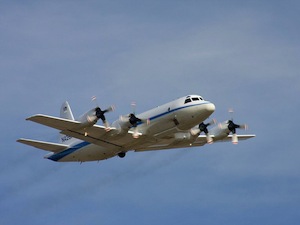
Yes, for a large cities along the Mid-Atlantic and in the Northeast. There are certainly regional differences. There are fewer sulfates in California, for example, because they cleaned sulfur out of their fuels. You see more dust in the West, more organics in the Southeast. You see high levels of certain industrial pollutants over cities like Houston where you have a robust petrochemical industry.
Is most of Baltimore’s pollution local or does it blow in from elsewhere?
We think about half of it comes in from the west over the Appalachians. Some of it comes up from Washington, and some, of course, is local.
Tell me something interesting about air quality in Baltimore.
The role of the Chesapeake Bay and the “bay breezes” are worth mentioning. If you have an urban area right next to a body of water, like we do with the Chesapeake, you have the sun beating down creating very hot surfaces and upward transport that produces winds that circulate air between the water and the land. If you’ve been down to the beaches in the summer, you’ve probably noticed that there’s often a breeze coming off the water during the day. At night, it’s the opposite. Polluted air flows off the land and pools over the water.

Isn’t it good that polluted air pools up over the water rather than the city at night?
Not really because it comes back over land the next afternoon. There are actually Maryland Department of the Environment monitoring sites up at the top of the Bay that get higher concentrations than anywhere else in the state because of the bay breezes and the way the wind flow pinches at the top of the Bay. For example, the monitoring station at Edgewood, which is about 20 miles northeast of downtown Baltimore, tends to get hit particularly hard by bay breezes. DISCOVER-AQ is going to fly aircraft in that area, and the campaign should help us understand the full three-dimensional spatial picture over the Bay.
I’ve heard that the highest pollution levels can actually occur in the suburbs instead of directly over a city core. True?
That’s true for certain pollutants, like ozone. Ozone requires nitrogen dioxide, organic compounds, and sunlight to form. However, the process doesn’t happen immediately. It takes a few hours for the air to stew enough for ozone to form. When the wind is blowing through an urban area you can have your highest concentration of ozone downwind of a city by 20 to 30 miles.
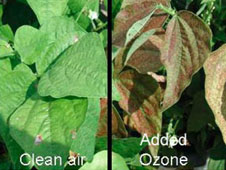 Meaning rural landscapes don’t necessarily have pristine air?
Meaning rural landscapes don’t necessarily have pristine air?
No. In fact, farms in rural areas downwind of cities can have problems with ozone because ozone damages plant health as well as human health. Beans, for example, are highly sensitive. If ozone levels get too high, they start to get brown blotches on their leaves.
I know there are networks of ground-based sensors to measure ozone near the surface. Is it possible to measure ozone from space?
A spaceborne measurement of ozone at the ground would be a great thing, but it is still a real challenge. Much of the ozone we have on the planet is high in the atmosphere in a layer of air called the stratosphere. It’s about 15 miles up, and it’s hard to see through the stratosphere with satellite instruments because it is so thick. You could say getting a good ozone measurement is a holy grail right now for NASA and the air quality research community. We’re hoping that DISCOVER-AQ will get us closer.
Aircraft will also be flying over highways during the campaign. Why?
We know that transportation is a major source of pollution in the Baltimore area. I-95 is a big transportation corridor, and one of the things we want to look at with DISCOVER-AQ is the nitrogen dioxide released by combustion engines. There are very few nitrogen dioxide ground instruments in the area, so we’re flying over the highways to see if we can pick out a signal. We’ve been able to start measuring nitrogen dioxide from space in the last few years, but we can improve those measurements by validating them with ground data.
Credit information. Text by Adam Voiland. Flight tracks visualization by the Scientific Visualization Studio. NASA P-3B shot available here. Baltimore hazy/clear comparison from CamNet. Sea breeze illustrations from NOAA. Ozone-damaged leaf shot available here.






 and has led or participated in nearly two-dozen field experiments around the world.
and has led or participated in nearly two-dozen field experiments around the world. 



